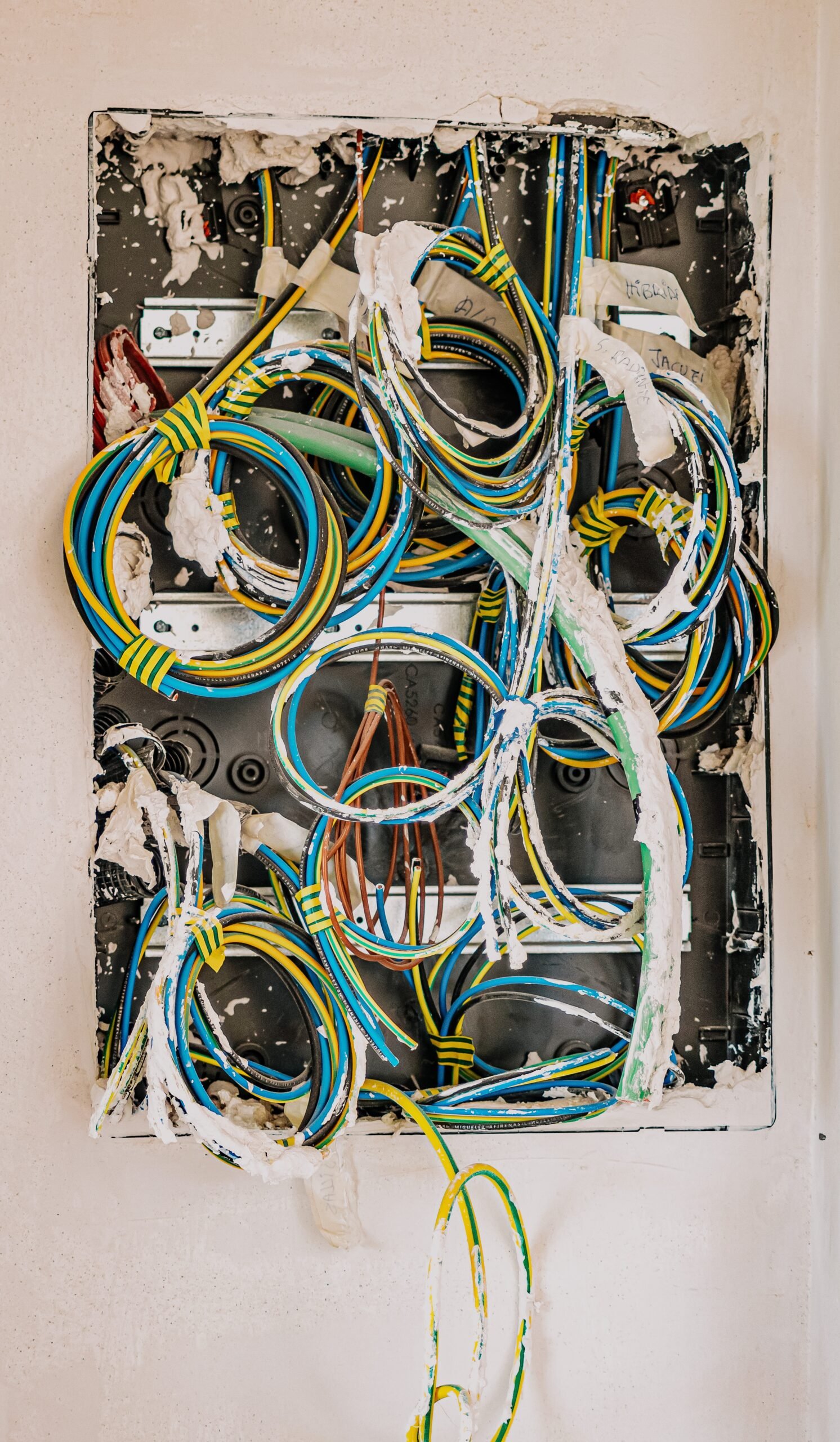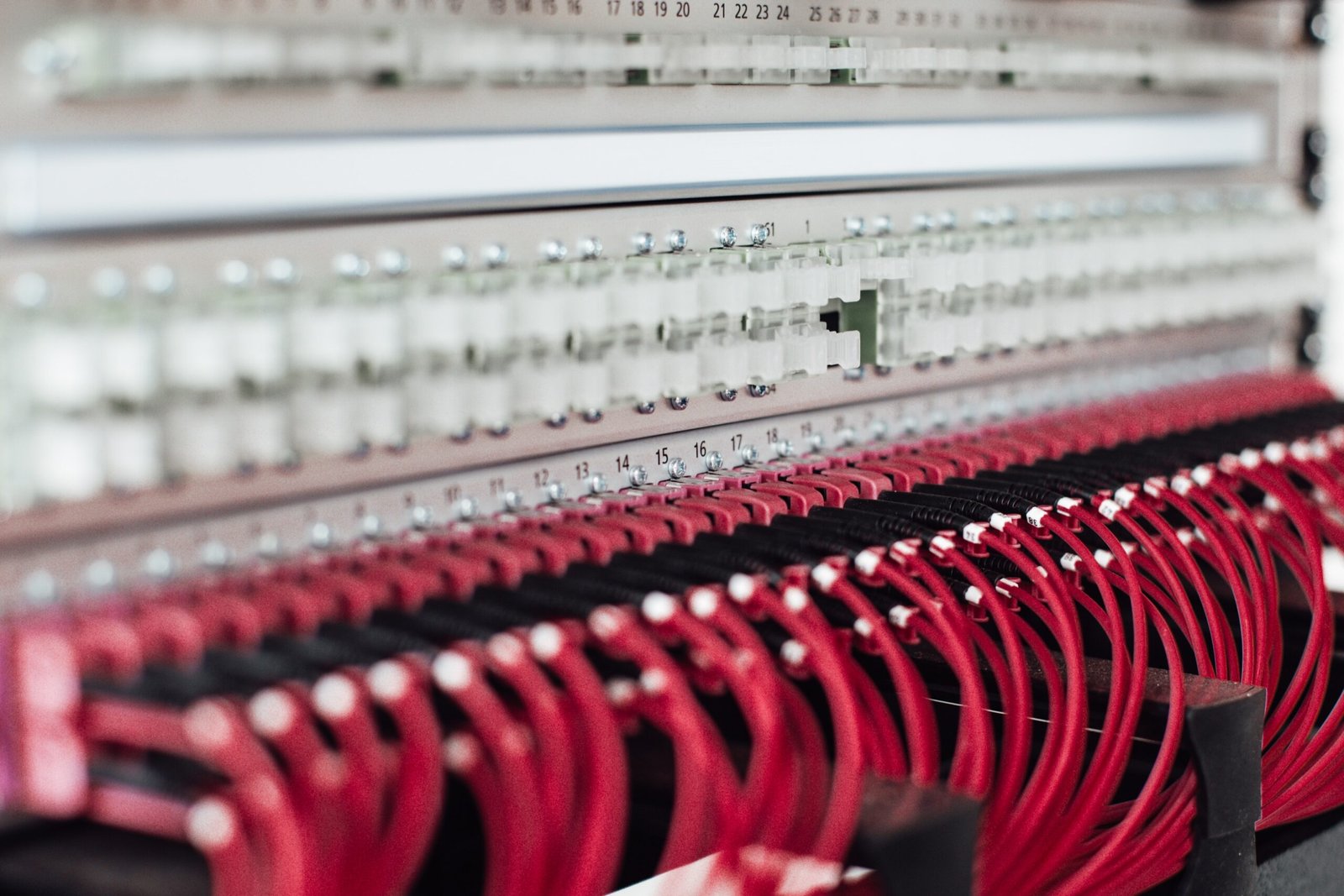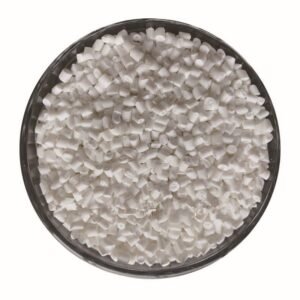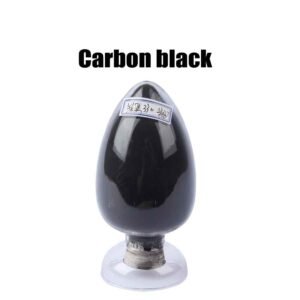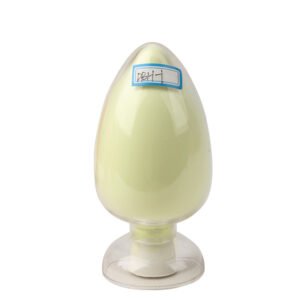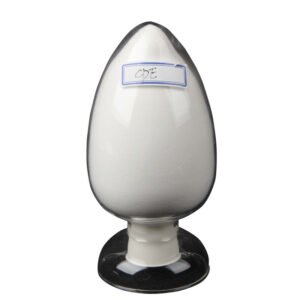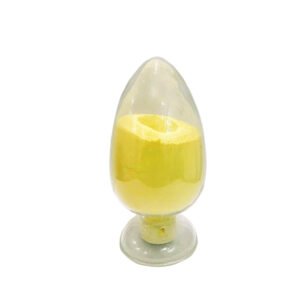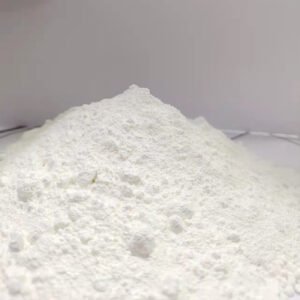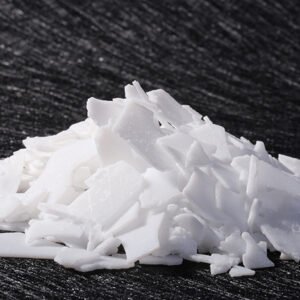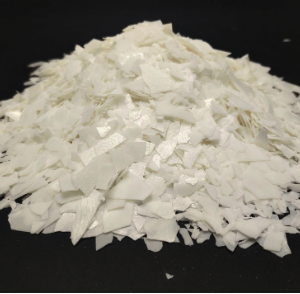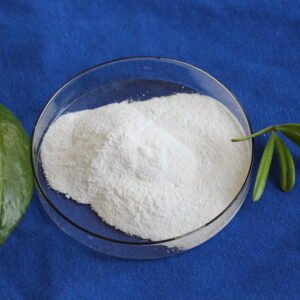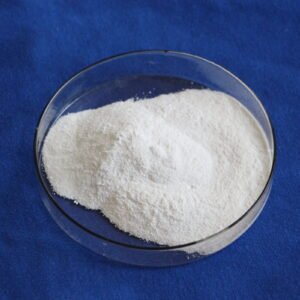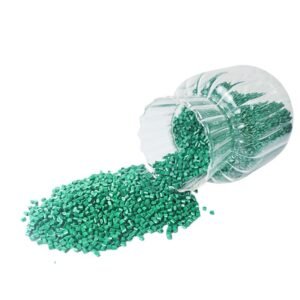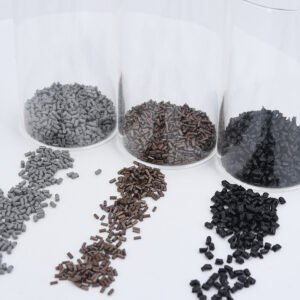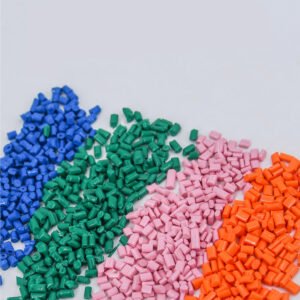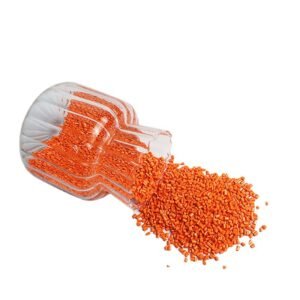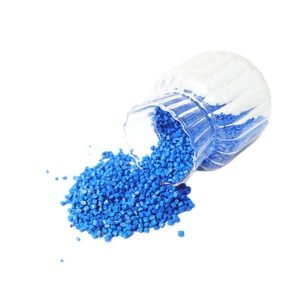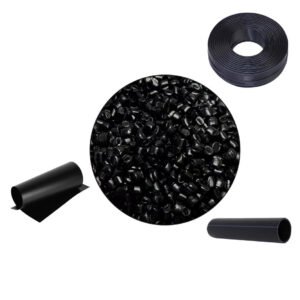Introduction
PVC cables are widely used in various industries for their durability, flexibility, and electrical insulation properties. However, like any manufacturing process, there can be several challenges that arise during the production of PVC cables. In this blog post, we will discuss some common problems faced in PVC cable manufacturing and provide effective solutions to overcome them.
1. Poor insulation
One of the most critical issues in PVC cable manufacturing is poor insulation, which can lead to electrical failures and safety hazards. This problem can occur due to several factors:
- Low-quality raw materials
- Inadequate control of extrusion process parameters
- Improper cooling
To address this issue, it is essential to use high-quality raw materials that meet industry standards. Additionally, implementing strict quality control measures during the extrusion process and ensuring proper cooling can greatly improve insulation performance.
2. Overheating during extrusion
Excessive heat during the extrusion process can lead to various problems, including poor cable quality and reduced productivity. Some common causes of overheating include:
- Inadequate cooling system
- Incorrect temperature settings
- Insufficient lubrication
To prevent overheating, it is crucial to have an efficient cooling system in place. Regular maintenance and calibration of temperature settings are also essential. Lubrication should be properly applied to reduce friction and dissipate heat effectively.
3. Inconsistent cable diameter
Inconsistent cable diameter can lead to difficulties in cable installation and affect the overall performance of the cables. This issue can arise due to:
- Uneven extrusion pressure
- Inaccurate measurement systems
- Worn-out extrusion dies
To ensure consistent cable diameter, it is important to maintain a stable extrusion pressure throughout the manufacturing process. Regular calibration and maintenance of measurement systems can help achieve accurate diameter control. Additionally, replacing worn-out extrusion dies is necessary to avoid diameter variations.
4. Contamination and impurities
Contamination and impurities in PVC cables can compromise their electrical and mechanical properties. Common sources of contamination include:
- Dust and debris in the manufacturing environment
- Residual impurities in raw materials
- Inadequate cleaning of equipment
To prevent contamination, it is important to maintain a clean and controlled manufacturing environment. Regular cleaning of equipment and thorough inspection of raw materials can help eliminate impurities and ensure the production of high-quality PVC cables.
5. Poor tensile strength
PVC cables should possess sufficient tensile strength to withstand mechanical stress during installation and use. Insufficient tensile strength can result from:
- Low-quality raw materials
- Inadequate curing time
- Inaccurate control of extrusion parameters
To improve tensile strength, it is crucial to use high-quality raw materials that meet the required standards. Ensuring adequate curing time and precise control of extrusion parameters, such as temperature and speed, can also enhance the tensile strength of PVC cables.
Conclusion
PVC cable manufacturing can encounter several challenges, but with the right solutions in place, these problems can be effectively addressed. By focusing on quality control, proper maintenance, and adherence to industry standards, manufacturers can produce PVC cables that meet the required specifications and provide reliable performance in various applications.
Remember, identifying and resolving these common problems is crucial to ensure the production of high-quality PVC cables that meet industry standards and customer expectations.
